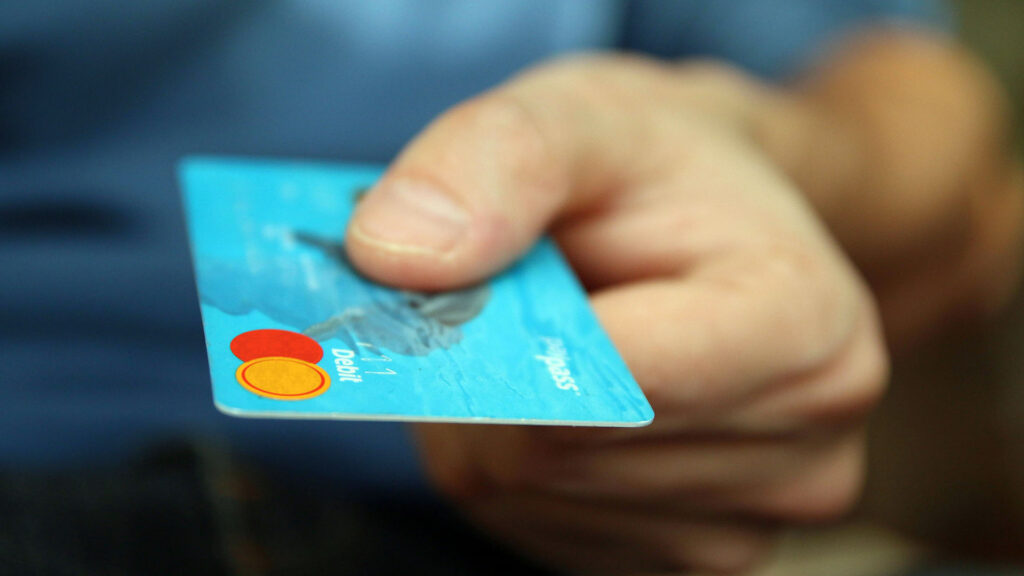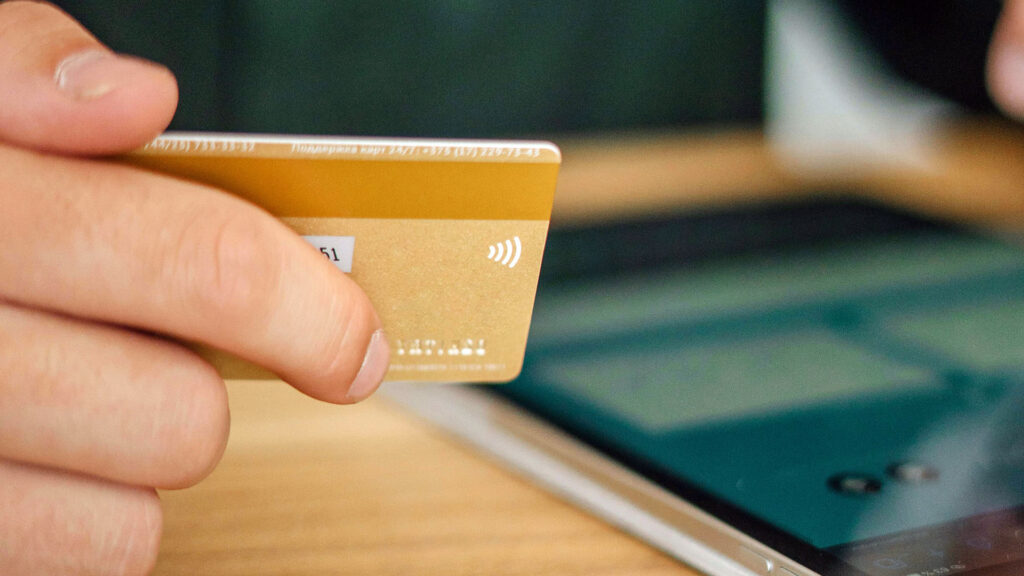by Shawn Crowle
When we think about our carbon footprint and the environmental impact of our day-to-day activities, we often consider the obvious – driving our car, using plastic bottles, air travel or consuming meat, but an everyday item that typically escapes scrutiny is our credit card. Surprisingly, credit cards have their own set of sustainability impacts.

The Production Footprint
Most credit cards are made from polyvinyl chloride (PVC), a type of plastic that is both durable and flexible. The production of PVC involves the use of highly toxic chemicals, significant energy consumption, and raw materials derived from petroleum. Every step of the process – extraction, manufacturing, and transportation – contributes to the overall carbon footprint of every single credit card.
Energy Consumption
Beyond the physical impact of their production, every single time we use a credit card to swipe, dip or tap, the electronic transaction involved consumes energy. Much like other day-to-day digital activities, this energy consumption is not just about the the point-of-sale terminal, but also includes the entire network of data centres, financial institutions, and secure serves used to process and validate these transactions.

E-Waste
The average lifespan of a credit card is three to four years, after which they are usually discarded and replaced. The disposal of these card is contributing to the growing problem of electronic waste (e-waste). While the cards themselves may seem small and insignificant, their chips and magnetic strips contain metals and other materials that can be harmful to the environment if not properly disposed of.
The Digital Carbon Footprint
In our age of digital transactions, the impact of credit cards on the environment also includes the carbon footprint of online banking and mobile apps. Every time we check our balance, transfer funds or pay bills online, we are using electricity, and the cumulative effect of millions of users performing these tasks daily results in a significant amount of energy consumption.

So what can we do as individuals?
While the environmental impacts of credit cards are significant, there are several ways we can mitigate or minimize them:
- Opt for Eco-Friendly Cards: Financial institutions are beginning to offer cards produced from recycled or biodegradable materials. Opting for these cards can reduce the environmental impacts associated with the production of traditional PVC cards.
- Use Digital Wallets: Utilizing digital wallets like Apple Pay, Google Wallet or Samsung Pay can help reduce the need for physical cards. Digital transactions through these platforms also often consume less energy than traditional credit card networks.
- Proper Disposal: When it’s time to get rid of your old card, make sure to dispose of it correctly. Some banks and recycling centres offer services to securely and responsibly dispose of expired cards.
- Limit Usage: Being mindful of your card usage can also help. For example, instead of using a card for every small purchase, consider cash or contactless payments through your phone, which can be more energy efficient, or, consider grouping as many items into a single transaction as possible.
- Support Green Banking: Choose banks that prioritize sustainability and have strong environmental policies. Many banks are now investing in renewable energy and adopting green practices to reduce their overall carbon footprint.
Understanding the broader impact of everyday items like credit cards is crucial in our journey towards sustainability. With informed choices and conscious actions, we can minimize our environmental impact and help move toward a brighter future!




